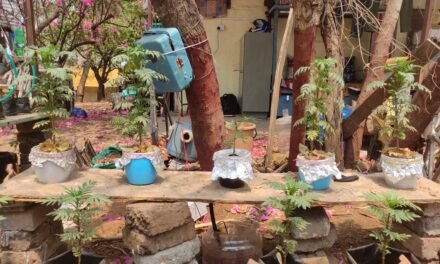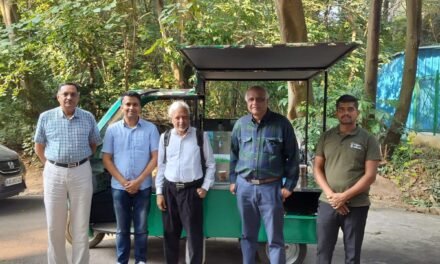Objective : To measure the torque of existing AC motor (1.1 kW) to select and replace with the DC motor having same torque.
Background : There are many motor choices in the market today, from heavy-duty AC motors to tiny DC brush less and stepper motors. To select the right motor for the application, users must have a full understanding of the application parameters, including power, speed, torque, physical size, efficiency, lifetime expectations, and other requirements.
AC & DC pumps were tested by comparing with each-other, We decided to run poly-house fan pad system which is running on AC we need to replace AC motor with DC and run the same application. As we are knowing DC has 40% more efficiency over AC, we have stared thinking that we will require less capacity DC motor than of AC which is 1.1 kW ( 1.5 HP ).
Measurable Action: We decided to run a torque test on present AC motor of 1.5 HP power. Again measuring the torque of motor is a big task to do. There are some factors need to be consider while running a torque test like, speed, power, voltage, current, etc. Measuring a torque of 1.5 HP motor needs robust design of test rig as it is very high amount of power. As the test is for a rotating body we need to make a balanced design to withstand the heavy loads which will be acting while testing. After some research, I designed a torque testing rig. Based on spring weighing balance called as rope brake dynamo-meter.
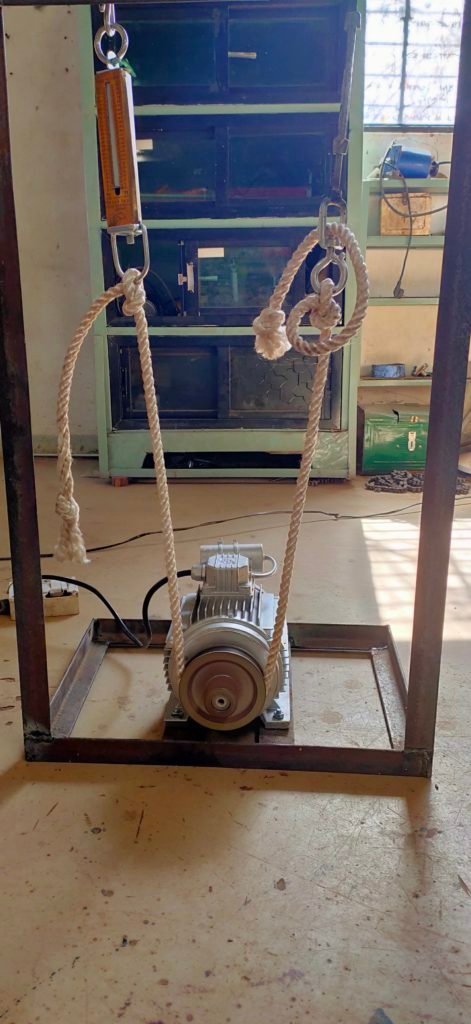
As we can see in above picture, the motor is mounted on the rig with bolts at the bottom and rig is made up of Spring balance, turnbuckle, swivel joint, wire rope, etc
Components used in test and its function:
- A spring scale or spring balance or newton meter is a type of mechanical force gauge or weighing scale. It consists of spring at one end with a hook to attach an object at the other. It works on Hooke’s law which states that the force needed to extend a spring is proportional to the distance that spring is extended from its rest position. Therefore, the scale markings on the spring balance are equally spaced. A spring scale cannot measure mass, only weight.
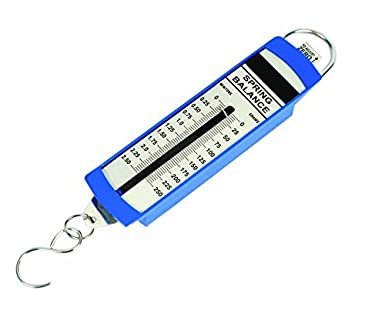
2. A turnbuckle, stretching screw or bottlescrew is a device for adjusting the tension or length of ropes, cables, tie rods and other tensioning systems. It normally consists of two threaded eye bolt one screwed into each end of a small metal frame, one with a left-hand thread and the other with a right hand thread. The tension can be adjusted by rotating the frame, which causes both eye bolts to be screwed in or out simultaneously, without twisting the eye bolts or attached cables.
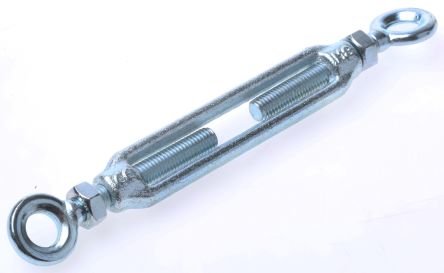
A Bhorkadi a kind of swivel joint is used to keep rotating the turnbuckles at both ends for free expansion and retention.
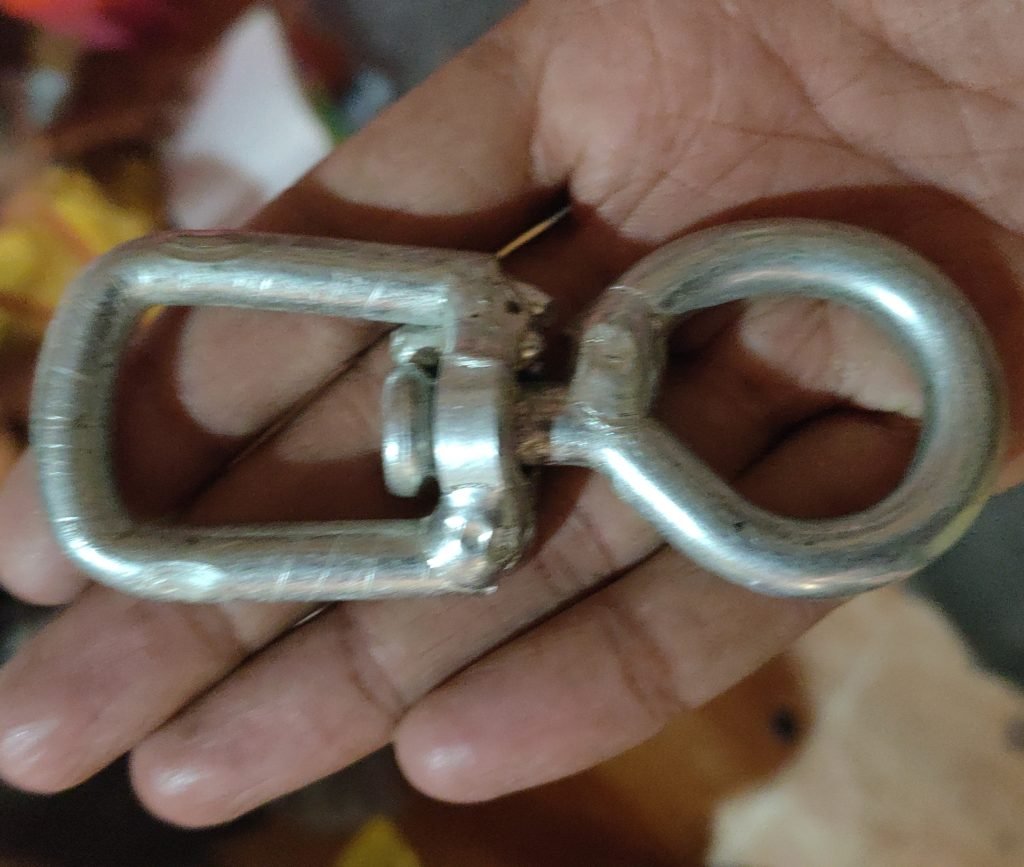
Torque readings:
The motor first tested on no load motor was moving at 1470 rpm, gradually load increased to 5 kg but motor was running (working), on 10 kg motor was running (working), on 15 kg motor was running (working), when the load at 20 kg motor stopped suddenly that means it has reached to its higher possible load so gradually lowered the load by 0.5 kg on 19.5 kg, 19 kg, 18.5 kg the motor was not started at these loads so I shifted load to 17.5 kg the motor stared to rotate and 18 kg it stopped again so we concluded that 18 kg is maximum possible load for that motor for initial/ starting torque.
| Load | Status of motor |
| 5 KG | Running |
| 10 KG | Running |
| 15 KG | Running |
| 20 KG | Stopped ( NO movement) |
| 19.5 KG | Stopped ( NO movement) |
| 19 KG | Stopped ( NO movement) |
| 17.5 kG | Running with slow speed |
| 18 KG | Stopped ( NO movement) |
| 18.5 KG | Stopped ( NO movement) |
By putting the values in formula:
T= mass (m) x acceleration due to gravity (g) x radius of pulley (r)
T= 18 kg x 9.81 m/s2 x 0.04 m = 7.06 N-m
Now we have our specifications ready for DC motor which was: Speed 1500 rpm, torque 7.06 N-m. on doing market survey on DC motor we got few quotations for DC motors and the DC motor are giving torque of 7.06 N-m in 1 HP motor so we decided to order the HP DC motor to replace 1.5 HP DC motor.
from the above reading of torque we can see that 1 HP DC motor has 7.06 N-m torque where as 1.5 HP AC motor has 7.06 N-m torque so from these numbers we also can conclude that efficiency of DC motor is higher than AC motor.
We have received the DC motor as per our requirements.

This motor has self cooling technology ( Fan Cooling). According to the specification motor takes highest temperature up to 70 degree centigrade.
The problem I am observing is selection of solar charge controller and solar PV panels. This query is conveyed to the SELCO technical team.
As per discussion with SELCO technical team, using of 180 V DC application is fatal and risky, so we need to go for at 48 V DC application, there are DC voltage drivers available in market so we can go for it or by talking with vendor we can adjust the voltage of DC motor by changing the winding arrangement.
Solutions:
- Using DC drive to run the DC motor on AC supply of 220 V & 50 Hz.
2. Direct drive system : It include the solar panels generating the power and supplying to application by means of a driver/ charge controller.
References:
- file:///C:/Users/Admin/Downloads/Pfister2008a20ICEM20Torque20Measurement20Methods20for20Very20High20Speed20Synchronous20Motors20DownloadC3A9.pdf Torque testing methods
- https://www.youtube.com/watch?reload=9&v=iamxq4Jsimo real time experiment on rope brake dynamo-meter.
- https://www.youtube.com/watch?v=Pf7RZw4bWUk detailed study of rope brake dynamo-meter.


